Appropriation—the strategy of selective borrowing—is a common theme in the history of modern art.
1980–today

Appropriation—the strategy of selective borrowing—is a common theme in the history of modern art.
1980–today
Many of the artists now known as the “Pictures Generation” were so named mainly because of their inclusion in the 1977 exhibition “Pictures” at Artists Space in New York City.
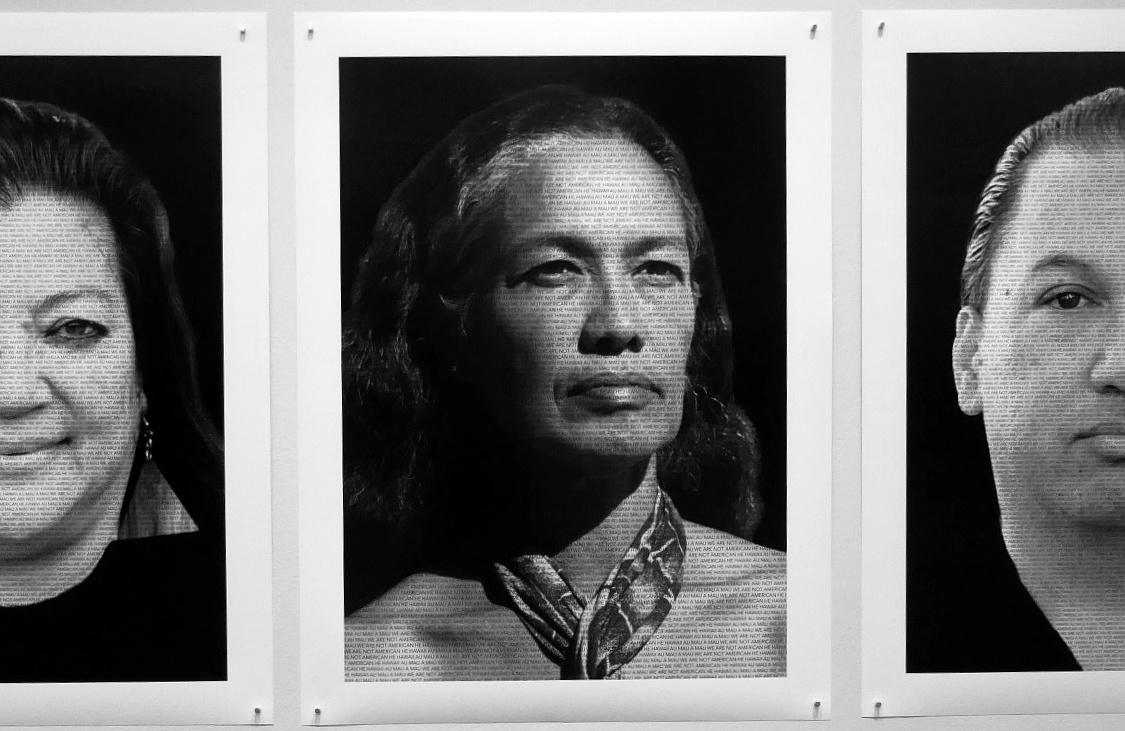
Landgraf's works urge viewers to open their hearts to the histories of Hawaiian struggles and the efforts of the Hawaiian sovereignty movement.

Levine's work turns the notion of what is original on its head.
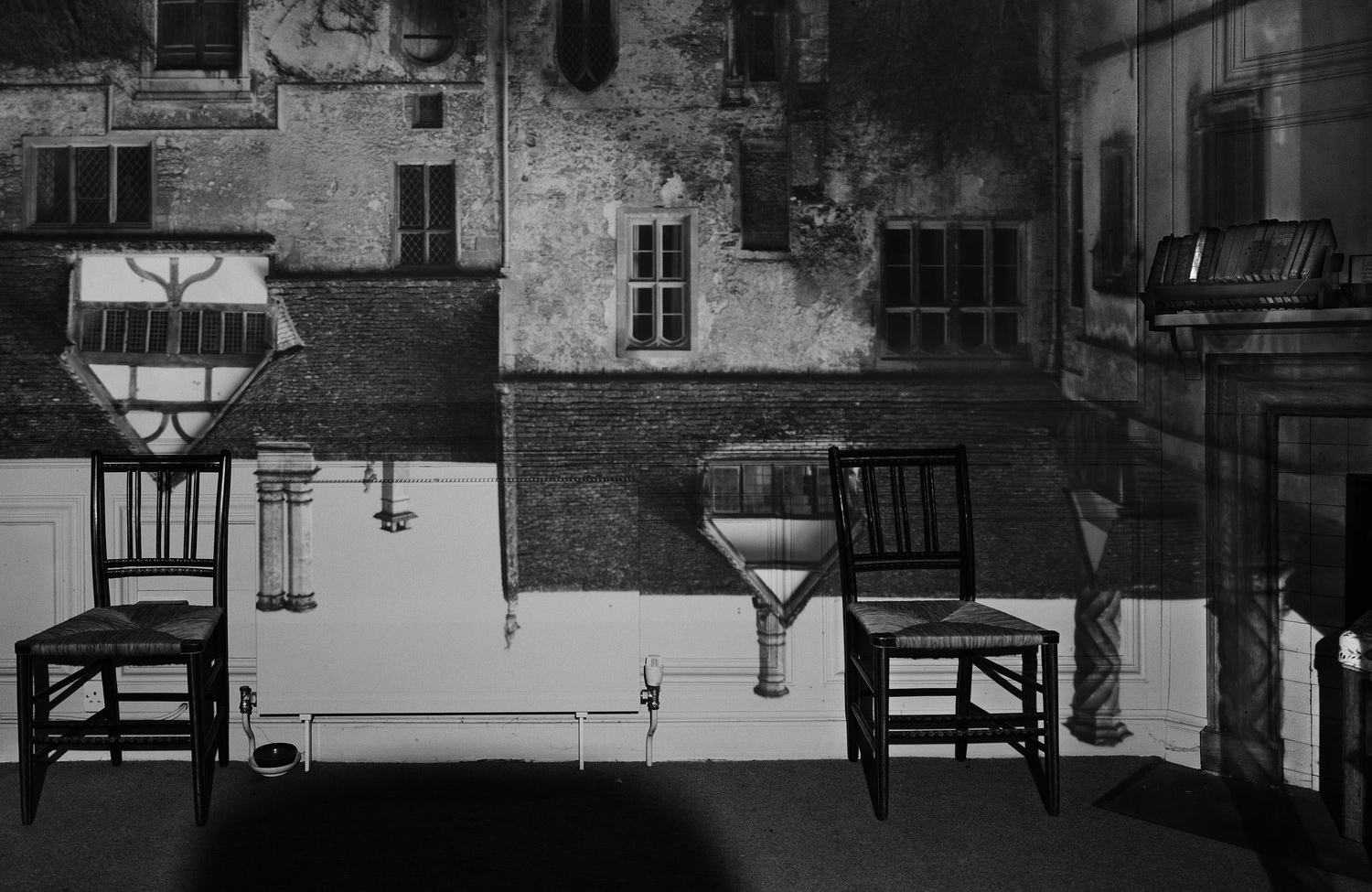
Abelardo Morell is known for artworks that employ the language of photography to conjure visual surprise and wonder.

Hasbun's photograph of an X-ray is deeply laden with meaning and tragedy.

Báez’s photograph poetically expresses the tie between the artist and her origins.
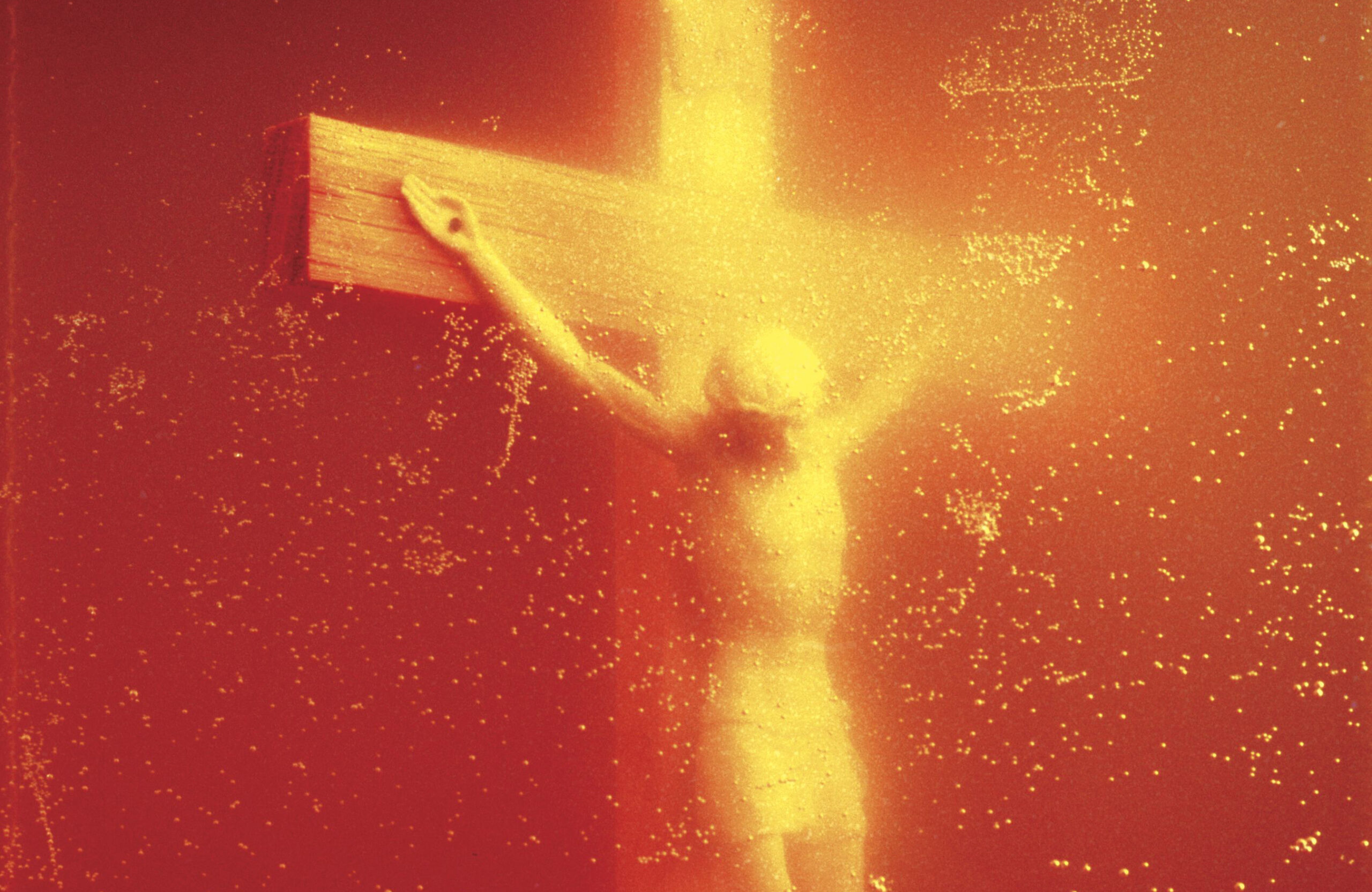
The sacred and profane come together in Serrano's polarizing photograph.
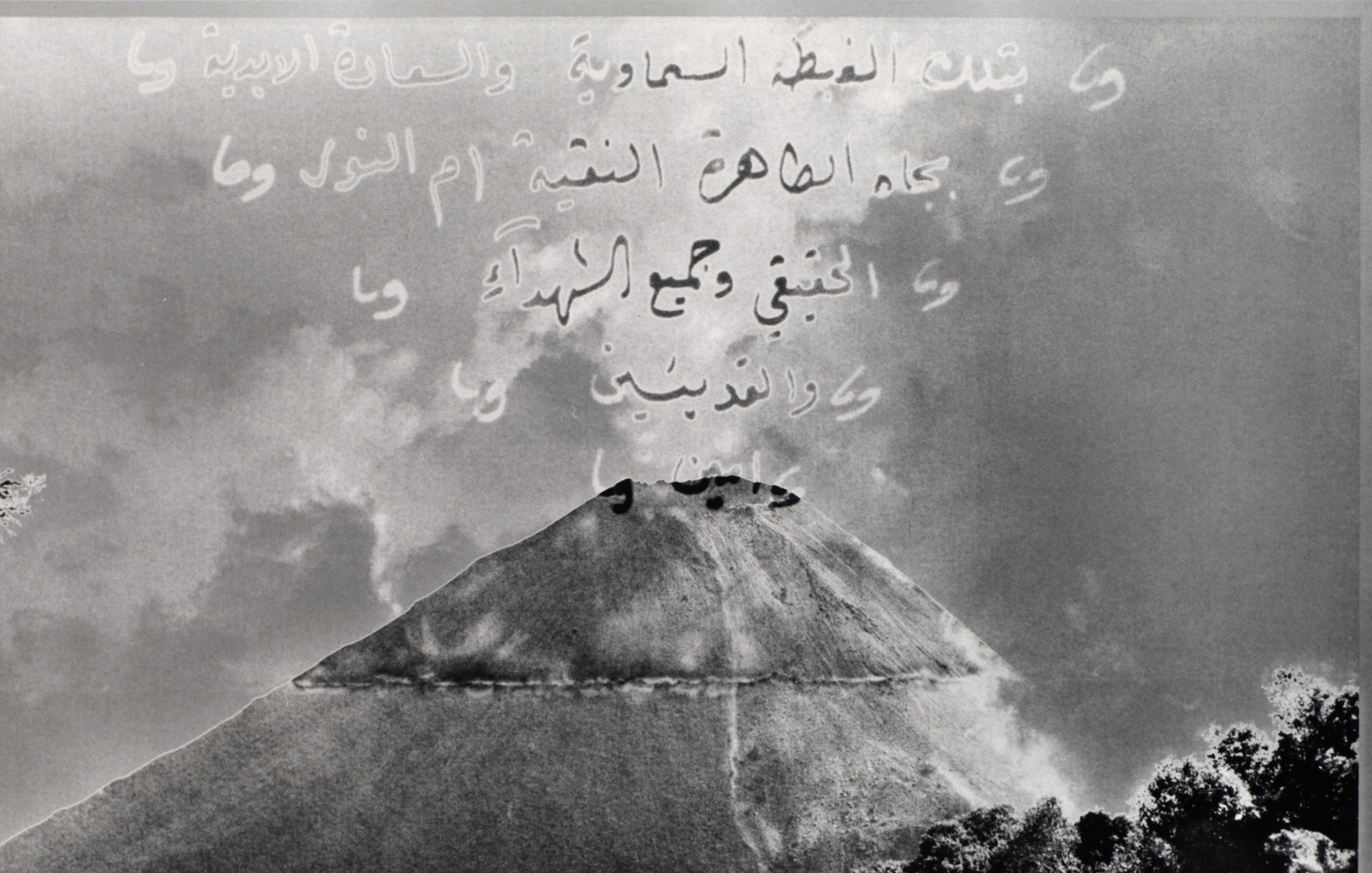
Superimposing Arabic calligraphy over a photograph of El Salvador's Izalco volcano, Hasbun reflects on her family's diasporic origins.
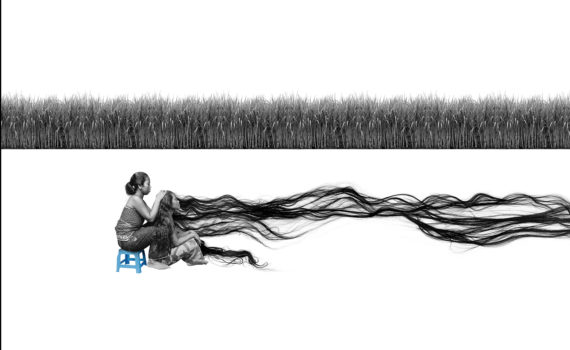
Picturing Power #6 is part of a digital photomontage series made with images sourced from a Dutch colonial archive.
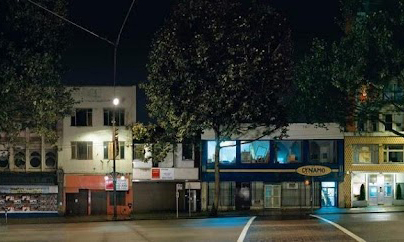
How do we picture a shifting urban landscape constantly on the verge of disappearing?
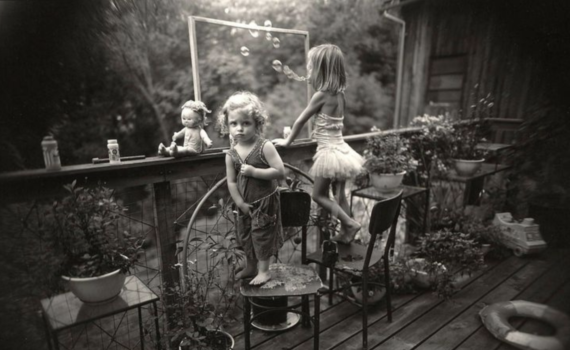
Mann’s iconic photographic series “Immediate Family” features the artist's children, who eat, sleep, and play in an idyllic Southern landscape.
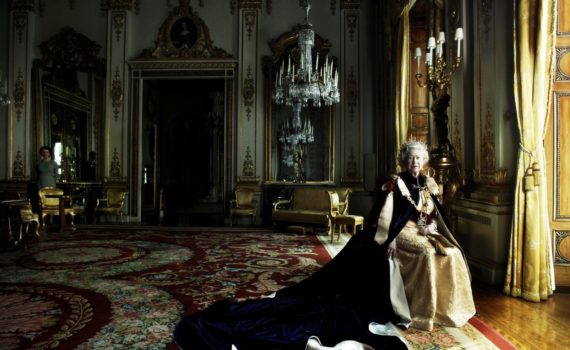
This picture was taken to commemorate Queen Elizabeth II’s official state visit to the United States in 2007.

An interview with Will Wilson about how his photographs engage with the work of Edward Curtis